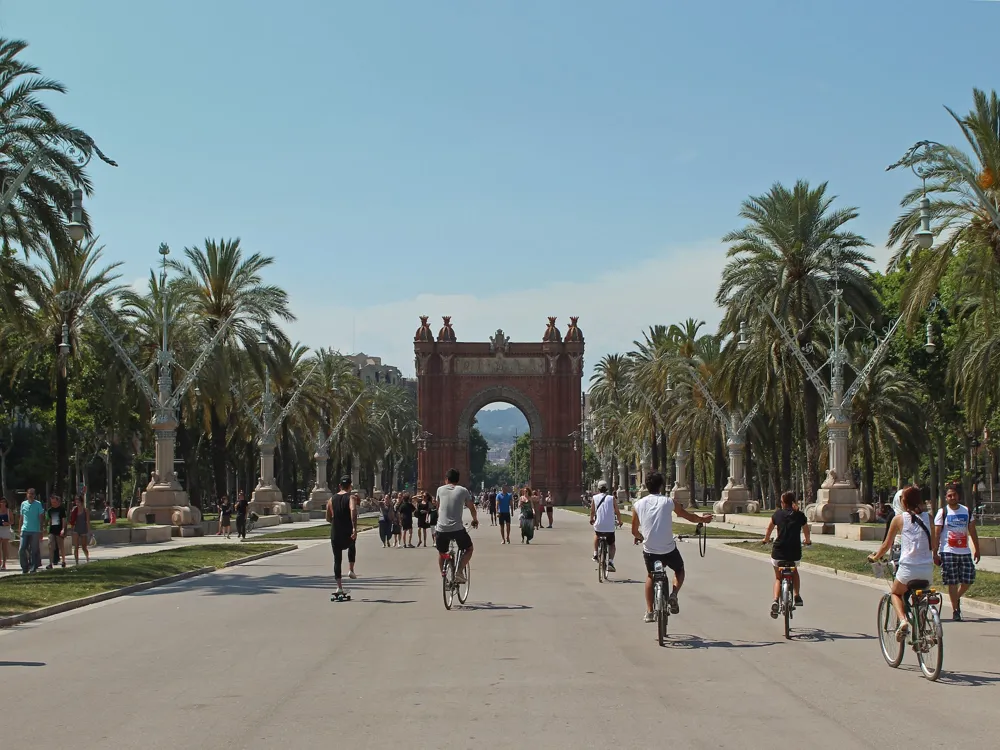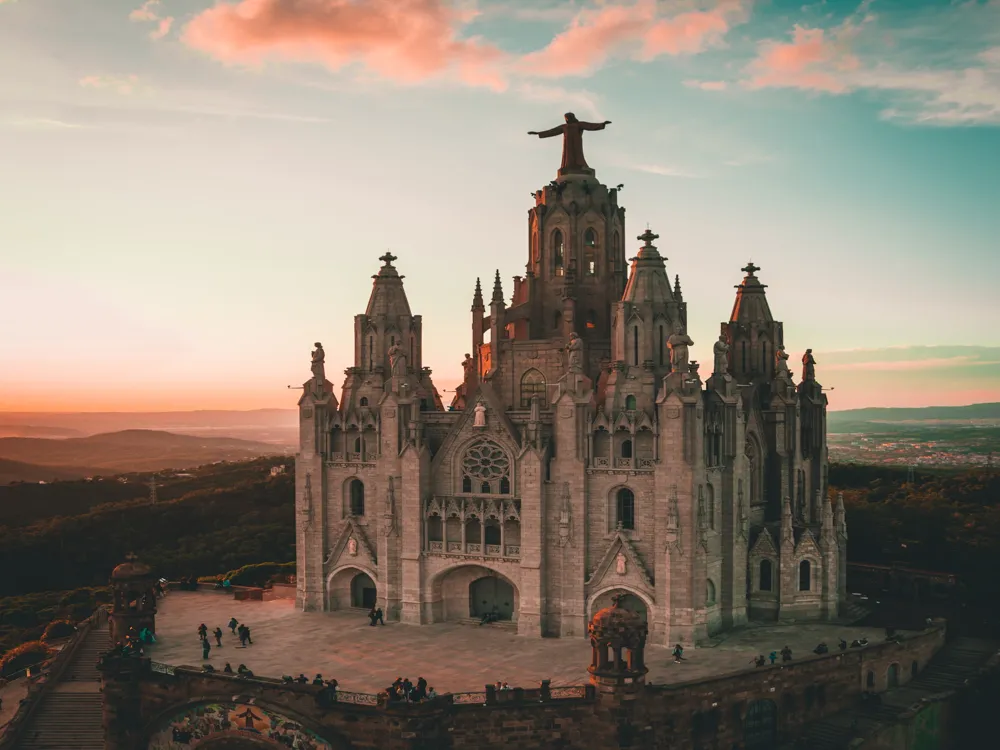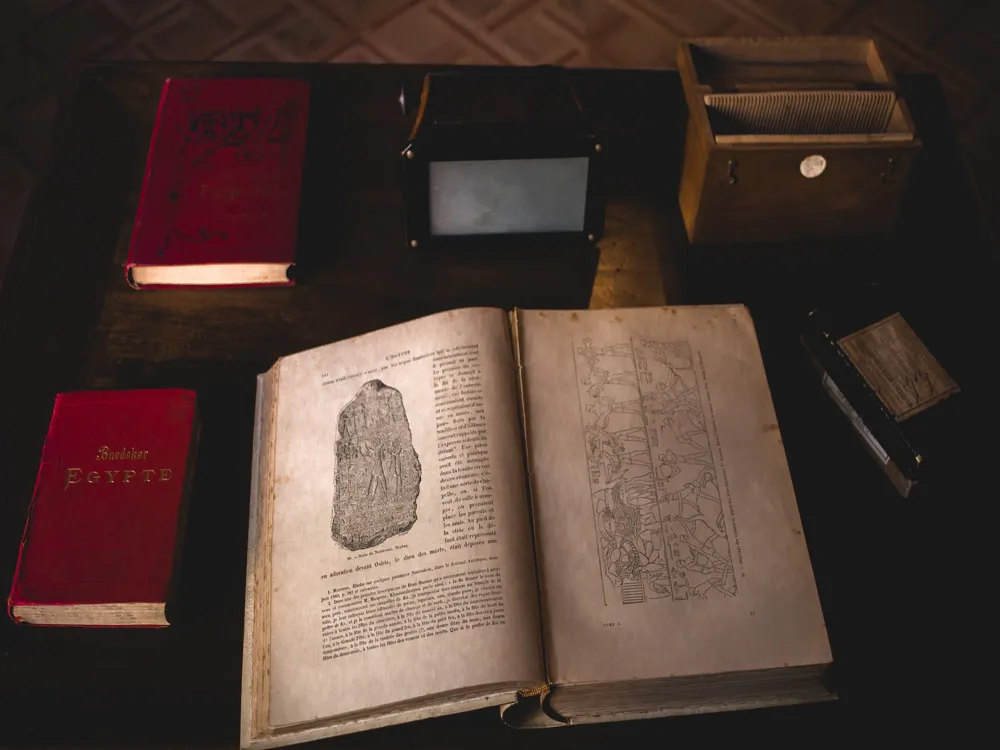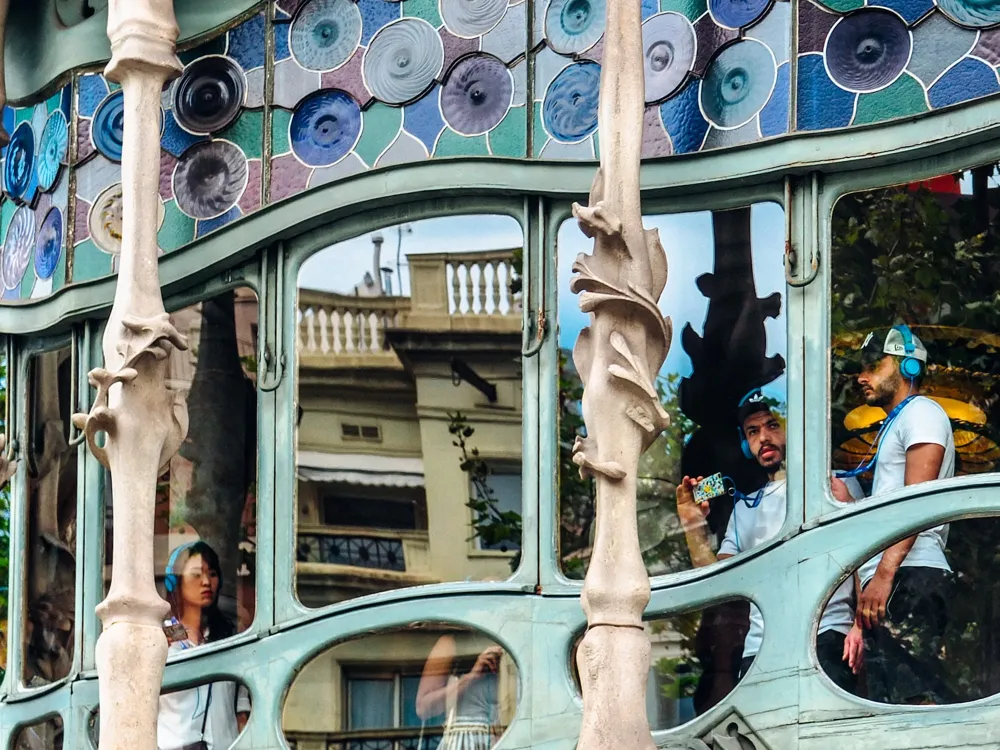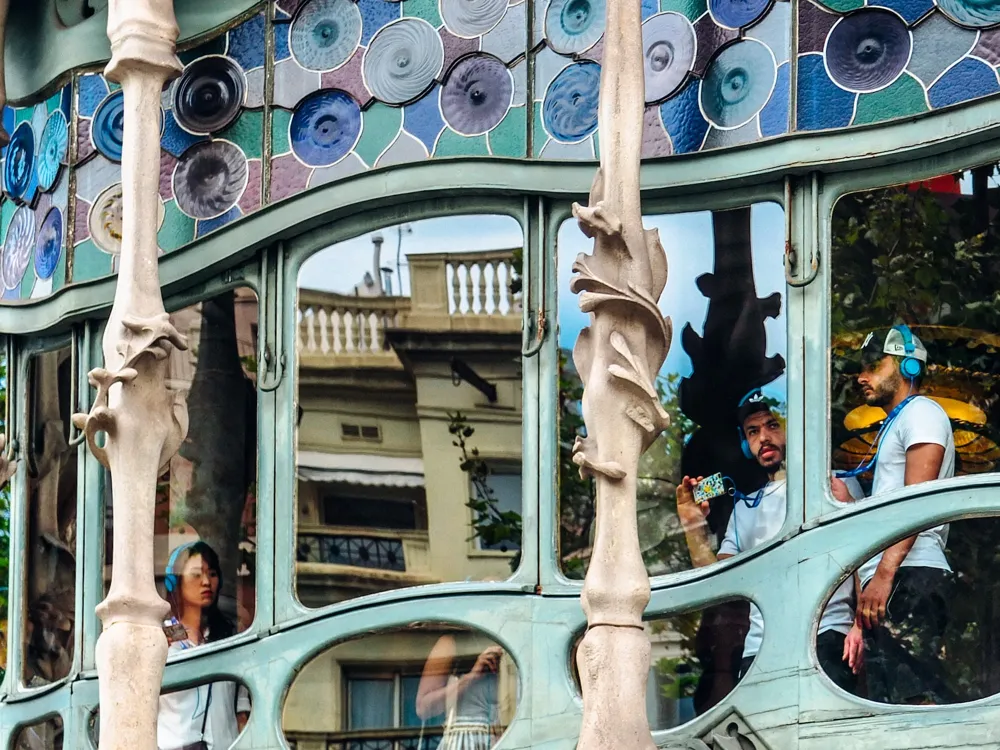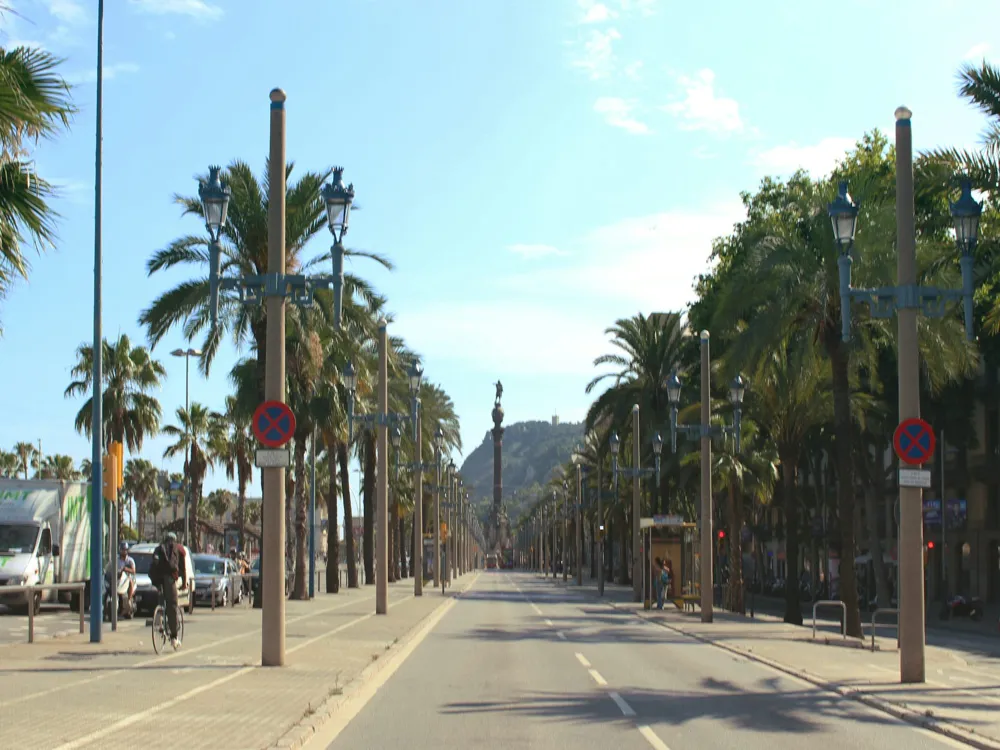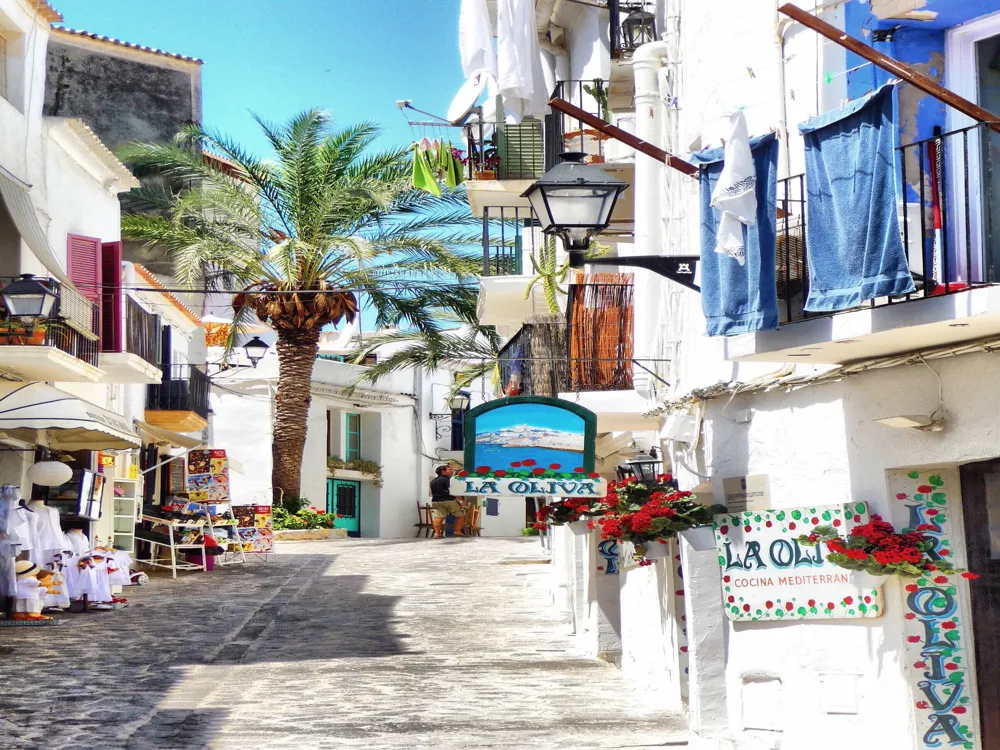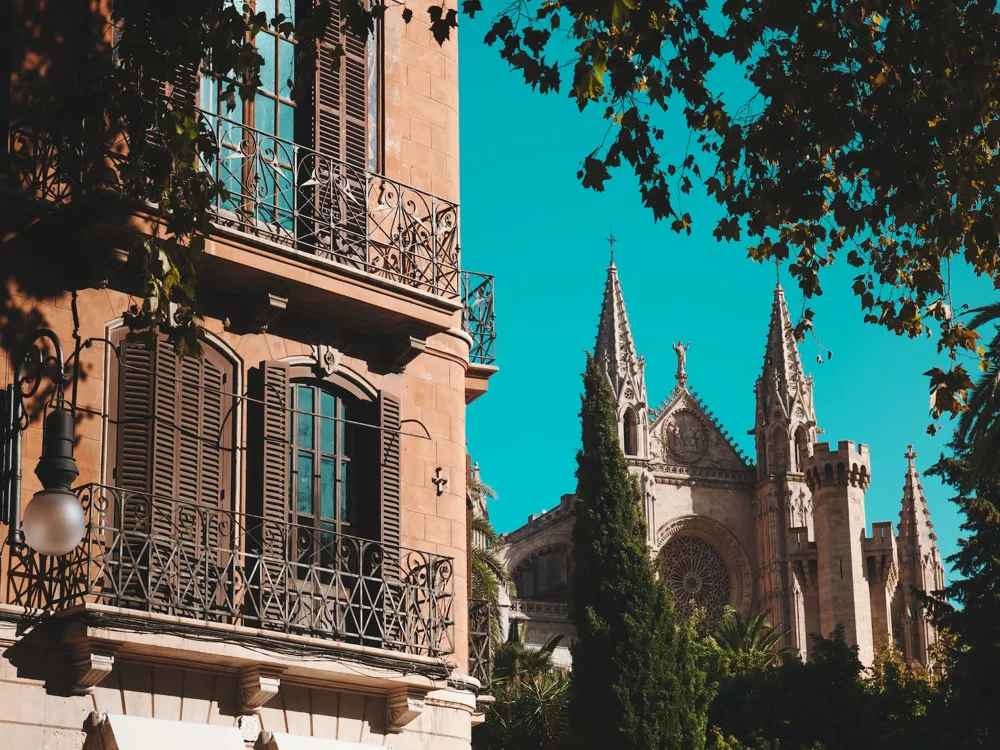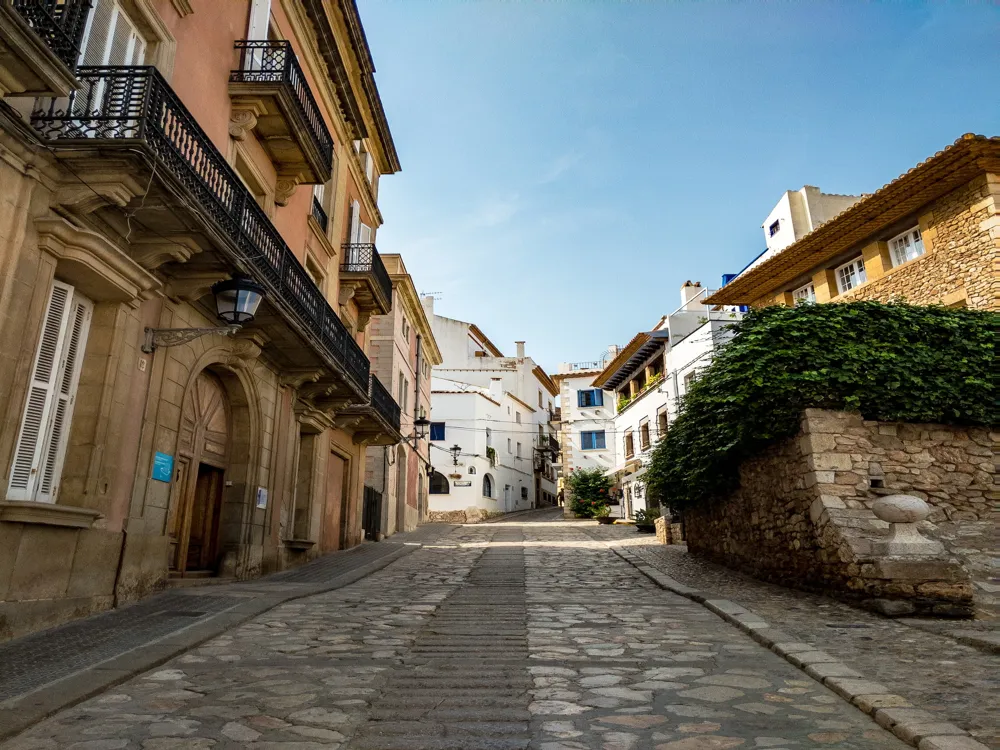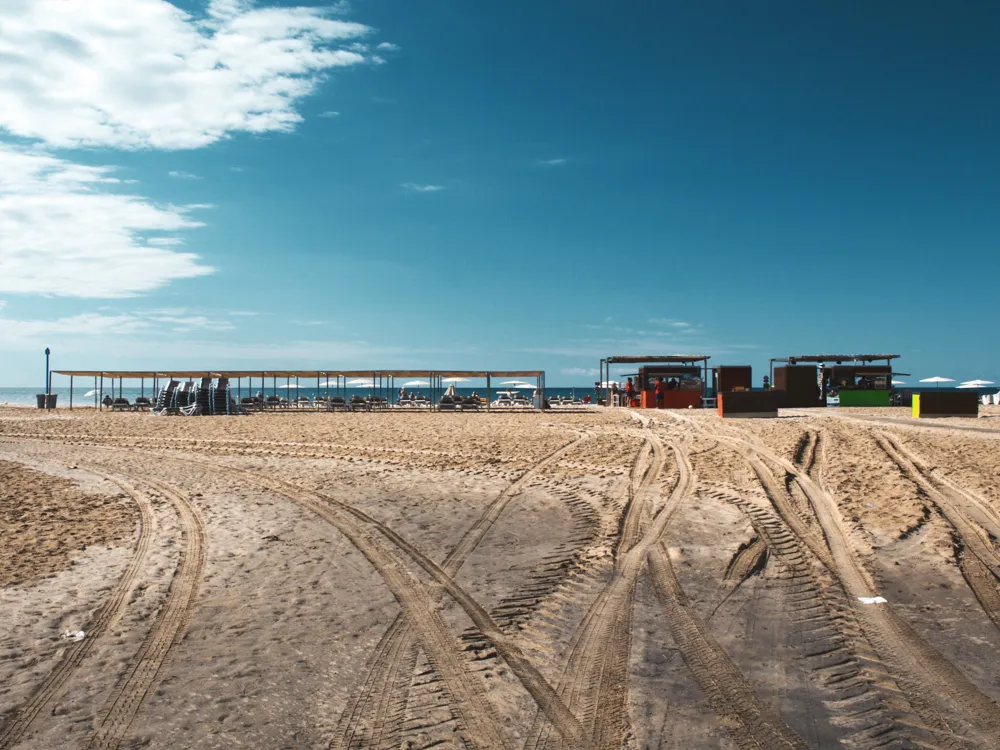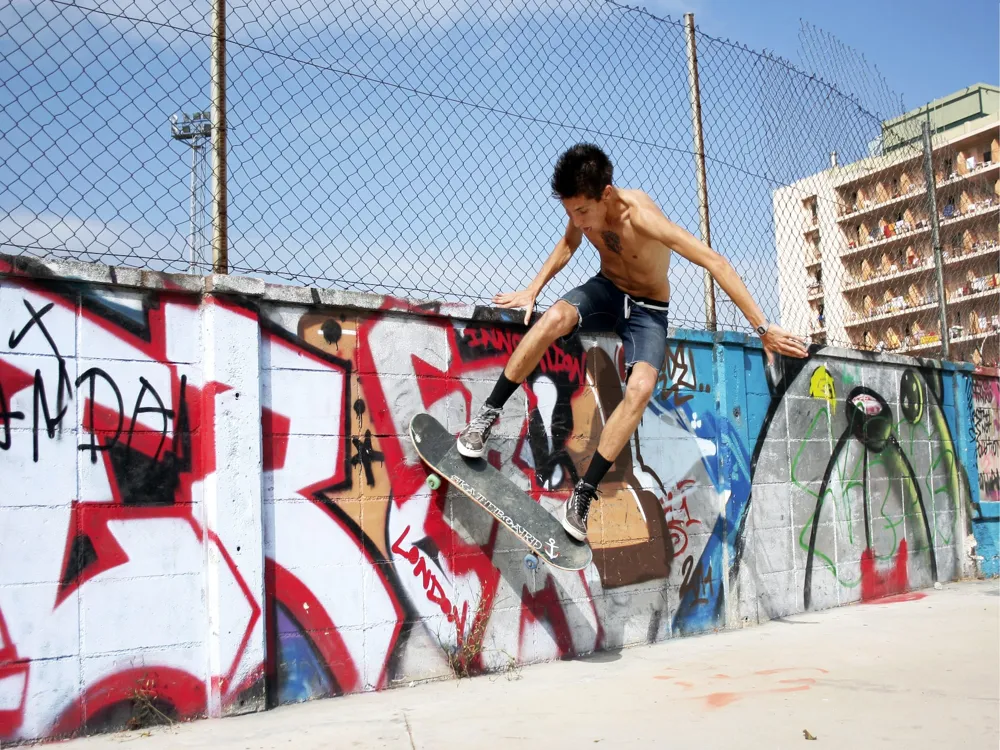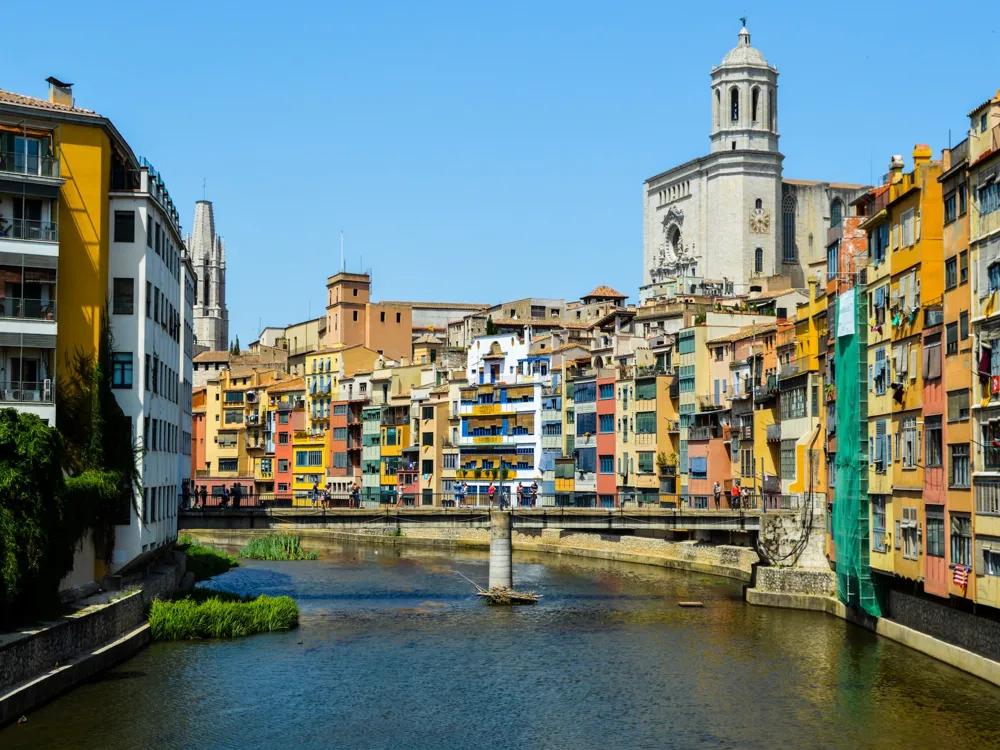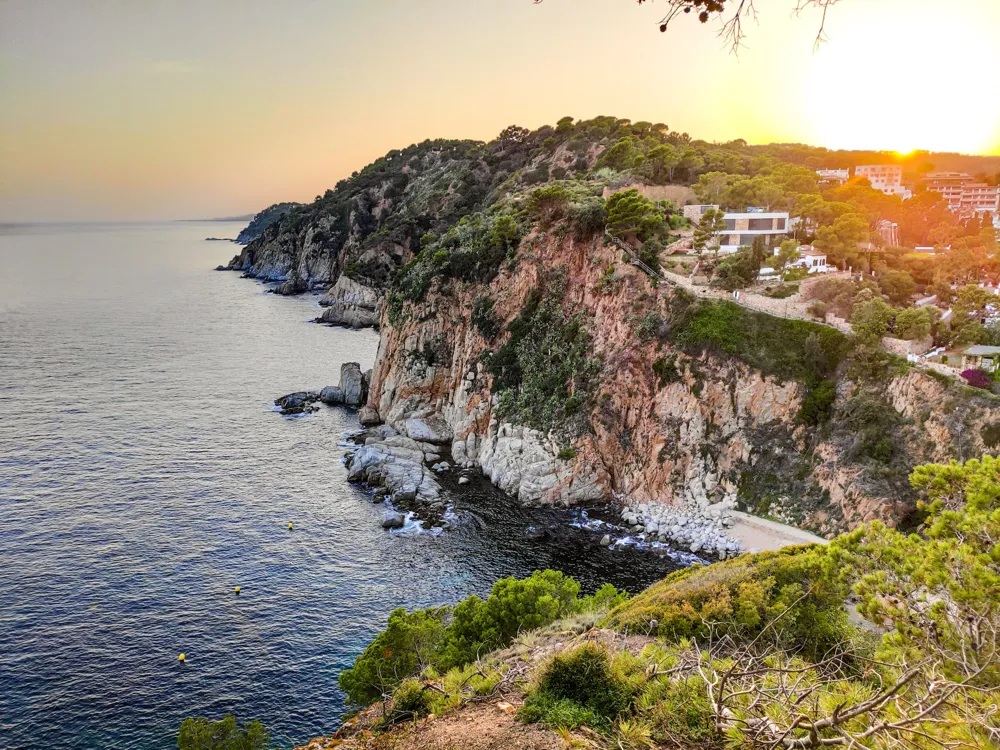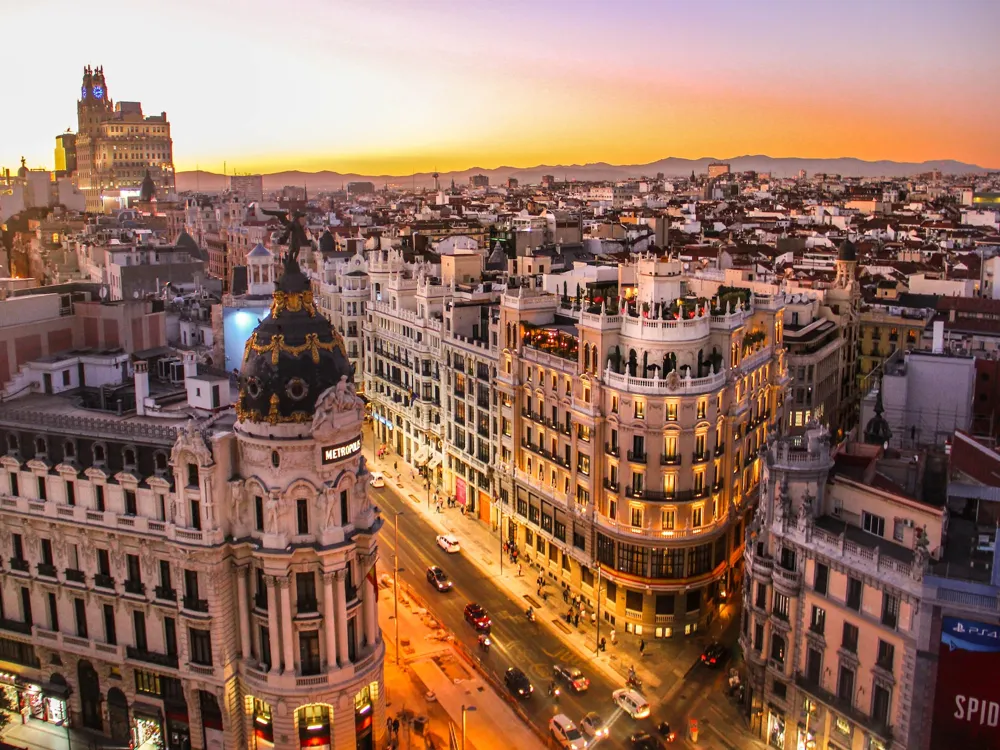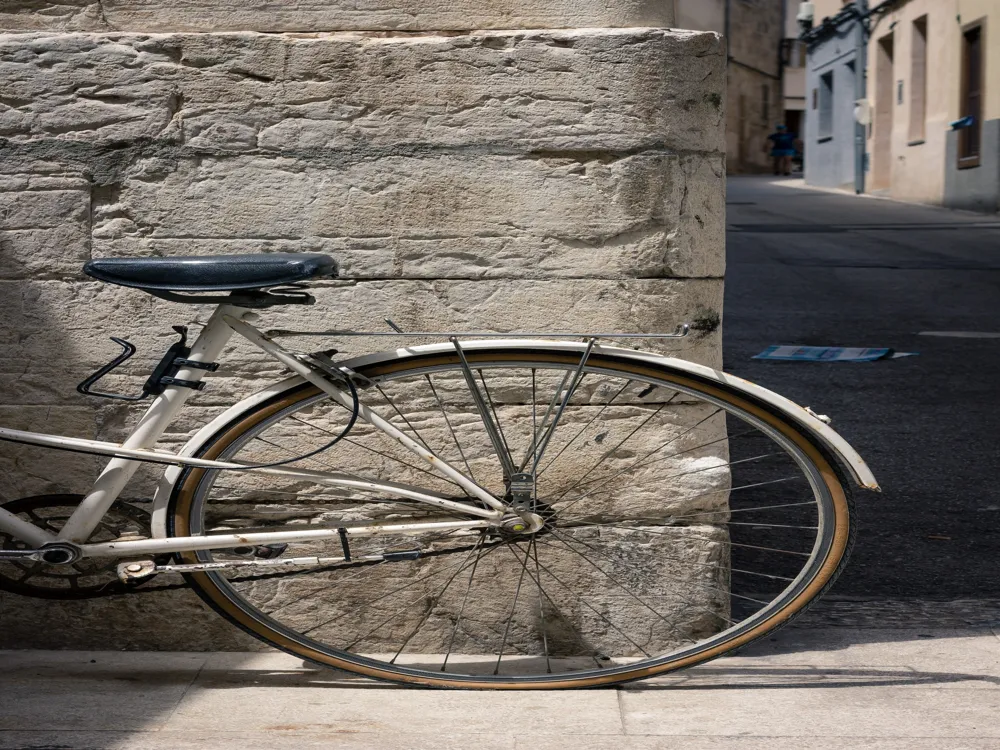The Sagrada Familia, a monumental basilica in Barcelona, Spain, is a masterpiece of architectural ingenuity and a symbol of Catalan Modernism. Conceived by the visionary architect Antoni Gaudí, its construction began in 1882 and continues to this day, making it one of the longest ongoing architectural projects in the world. This iconic structure is renowned for its intricate facades, towering spires, and a unique blend of Gothic and Art Nouveau styles. Each element of the Sagrada Familia is steeped in Christian symbolism and Catalan heritage. The basilica features three grand facades: the Nativity, the Passion, and the Glory, each representing different aspects of the life of Jesus Christ. The Nativity facade, adorned with scenes of Christ's birth, exudes joy and celebration. In stark contrast, the Passion facade depicts the suffering and crucifixion of Christ, with stark, angular sculptures. The Glory facade, still under construction, is set to portray the road to God: Death, Final Judgment, and Glory. The interior of the Sagrada Familia is a realm of light and color. Gaudí designed the interior to resemble a forest, with branching columns and a canopy of intricate vaulting. Stained glass windows bathe the interior in vibrant hues, creating a meditative ambiance. The central nave soars to a height of 45 meters, creating a sense of awe and grandeur. Despite Gaudí's death in 1926, construction continued under various architects, following his original models and plaster casts. Modern technologies, such as 3D printing and computer-aided design, have been employed to realize his complex designs. The Sagrada Familia is slated for completion in 2026, marking the centenary of Gaudí's death. The Sagrada Familia is not just an architectural marvel; it's a beacon of Barcelona's culture and spirit. It attracts millions of visitors each year, making it one of the most visited monuments in Spain. It's a UNESCO World Heritage Site, celebrated for its unparalleled contribution to the development of architecture and building technology. The architecture of Sagrada Familia is a stunning amalgamation of Gothic and Art Nouveau styles, showcasing Antoni Gaudí's innovative and unconventional approach. Gaudí's design breaks away from traditional church architecture, creating a space that is both spiritually inspiring and visually overwhelming. The basilica's design incorporates eighteen spires, each symbolizing an important biblical figure. The central spire, dedicated to Jesus Christ, is set to reach a height of 170 meters, making it one of the tallest religious structures in the world. Surrounding it are four spires representing the Gospels, twelve for the Apostles, and additional spires for the Virgin Mary and the four Evangelists. Gaudí's use of naturalistic motifs is evident throughout the structure. The columns inside the basilica mimic trees and branches, supporting a roof that resembles a leafy canopy. This connection to nature is a hallmark of Gaudí's work and is reflective of his belief that nature is the first great book that one must use to interpret architecture. The facades of the Sagrada Familia are replete with intricate sculptures and carvings, each telling a story from the Christian faith. The Nativity facade, completed during Gaudí's lifetime, is richly decorated with scenes of life, nature, and angels. In contrast, the Passion facade is austere, with gaunt figures and stark lines, conveying the suffering and anguish of Christ's crucifixion. Another remarkable feature is the use of light within the Sagrada Familia. Gaudí designed the stained glass windows and the positioning of the openings to create a specific lighting effect that changes throughout the day, symbolizing the transition from dawn to dusk, from life to death. Despite the basilica's long construction period, Gaudí's vision remains the guiding force. Each architect who has taken over the project has brought their expertise while staying true to Gaudí's original plans, ensuring that the Sagrada Familia remains a testament to his genius. To avoid crowds, visit early in the morning or late in the afternoon. The light effects inside the basilica are most striking around midday when the sun is high. Purchase tickets in advance online to avoid long queues. Consider buying a ticket that includes access to one of the towers for a panoramic view of Barcelona. As a place of worship, visitors should dress modestly. Covering shoulders and avoiding short skirts or shorts is recommended. Opt for a guided tour to gain deeper insights into the history, architecture, and symbolism of the Sagrada Familia. Photography is allowed, but tripods and professional equipment might require special permission. Be mindful of other visitors when taking photos. The Sagrada Familia is well-connected by Barcelona's public transport system. The simplest way to reach it is by metro, with the Sagrada Familia station on lines L2 and L5. Buses also stop near the basilica, and there are taxi stands nearby. For those driving, there are several parking lots in the vicinity, although parking can be limited due to the area's popularity. Walking or cycling to the Sagrada Familia is also a great option for those staying in central Barcelona, offering a chance to see more of the city's sights along the way. Bike racks are available near the basilica.Overview of Sagrada Familia in Barcelona
Architecture of Sagrada Familia
Tips When Visiting Sagrada Familia
Best Time to Visit
Buying Tickets
Dress Code
Guided Tours
Photography
How To Reach Sagrada Familia
Sagrada Familia
Barcelona
₹ 35,693 onwards
View barcelona Packages
Weather :
Label : Must Visit
Tags : Sightseeing
Timings : November - February: Monday - Saturday: 9:00 AM - 6:00 PM
Sunday: 10:30 AM - 6:00 PM
March and October: Monday - Saturday: 9:00 AM - 7:00 PM
Sundays: 10:30 AM - 7:00 PM
April - September: Monday - Saturday: 9:00 AM - 8:00 PM
Sundays: 10:30 AM - 8:00 PM
Entry Fee : General Admissions: EUR 26.00; Holy Family with guided Visit( Audioguide include): EUR 30.00
Retirees: EUR 21.00; Holy Family with guided Visit( Audioguide include): EUR 23.00
Under 30 years old: EUR 24.00; Holy Family with guided Visit( Audioguide include): EUR 28.00
Student card: EUR 24.00 ; Holy Family with guided Visit( Audioguide include): EUR 28.00
Under 11 years old: Free ; Holy Family with guided Visit( Audioguide include): Free
People with disabilities: Free; Holy Family with guided Visit( Audioguide include): Free
Companions: Free ; Holy Family with guided Visit( Audioguide include): EUR 4.00
Planning a Trip? Ask Your Question
Barcelona Travel Packages
View All Packages For Barcelona
Top Hotel Collections for Barcelona

Private Pool

Luxury Hotels

5-Star Hotels

Pet Friendly
Top Hotels Near Barcelona
Other Top Ranking Places In Barcelona
View All Places To Visit In barcelona
View barcelona Packages
Weather :
Label : Must Visit
Tags : Sightseeing
Timings : November - February: Monday - Saturday: 9:00 AM - 6:00 PM
Sunday: 10:30 AM - 6:00 PM
March and October: Monday - Saturday: 9:00 AM - 7:00 PM
Sundays: 10:30 AM - 7:00 PM
April - September: Monday - Saturday: 9:00 AM - 8:00 PM
Sundays: 10:30 AM - 8:00 PM
Entry Fee : General Admissions: EUR 26.00; Holy Family with guided Visit( Audioguide include): EUR 30.00
Retirees: EUR 21.00; Holy Family with guided Visit( Audioguide include): EUR 23.00
Under 30 years old: EUR 24.00; Holy Family with guided Visit( Audioguide include): EUR 28.00
Student card: EUR 24.00 ; Holy Family with guided Visit( Audioguide include): EUR 28.00
Under 11 years old: Free ; Holy Family with guided Visit( Audioguide include): Free
People with disabilities: Free; Holy Family with guided Visit( Audioguide include): Free
Companions: Free ; Holy Family with guided Visit( Audioguide include): EUR 4.00
Planning a Trip? Ask Your Question
Barcelona Travel Packages
View All Packages For Barcelona
Top Hotel Collections for Barcelona

Private Pool

Luxury Hotels

5-Star Hotels

Pet Friendly







